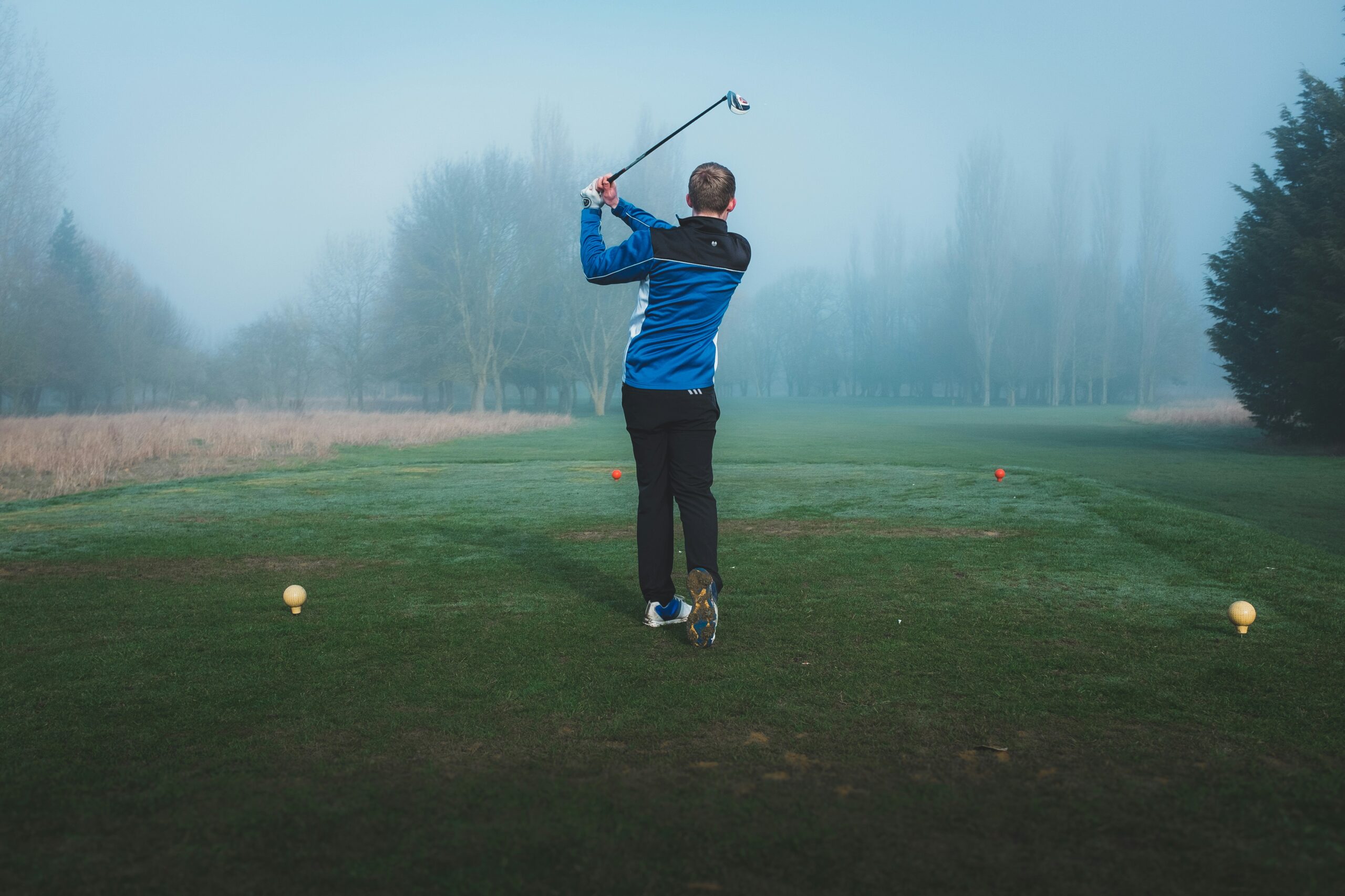
Golf is a game of precision, patience, and strategy. Whether you’re a beginner or an experienced player looking to refine your skills, mastering the fundamentals and honing your techniques can significantly enhance your game. In this article, we’ll explore some of the most essential tips and strategies that every golfer should incorporate to improve their performance on the course.
Mastering the Grip
The grip is one of the most fundamental aspects of your game. A proper grip enables better control of the club, resulting in more accurate shots. There are three main types of grips: the overlap grip, the interlock grip, and the ten-finger grip. Each of these grips has its advantages depending on your hand size, swing style, and comfort level.
To achieve the perfect grip, ensure that your hands are placed on the club in a way that feels natural but also provides stability. The left hand (for right-handed golfers) should be placed at the top of the club, with the fingers wrapping around it comfortably. The right hand should rest below the left, with the pinky of the right hand either overlapping or interlocking with the left hand’s fingers. The pressure you apply should be firm but not too tight, as an overly tight grip can restrict your swing.
Proper Posture and Alignment
Maintaining the correct posture is crucial for hitting the ball consistently and effectively. Your body should be positioned in a way that allows for a natural and fluid swing. Begin by standing with your feet shoulder-width apart, keeping your knees slightly bent and your weight evenly distributed throughout your body. Bend forward slightly from your hips rather than your back, and let your arms hang naturally toward the ground.
Alignment also plays a crucial role in ensuring that your shots go where you intend them to. Always make sure that your body, from your feet to your shoulders, is aligned parallel to the target line. Use the club to check your alignment by placing it along the ground in front of you, pointing toward your target. This simple check helps ensure that your aim is accurate, making it easier to hit the fairway and reach your target.
Developing a Consistent Swing
A consistent swing is the foundation of good golf. It’s the result of repetition, practice, and understanding your body’s movements during each shot. The swing involves three critical phases: the backswing, the downswing, and the follow-through. Each of these stages requires balance and control.
Begin by ensuring your backswing is smooth and controlled. Avoid rushing through this phase, as it sets the foundation for a powerful downswing. When you reach the top of your backswing, make sure your weight is shifted to your back leg and your club is parallel to the ground. The downswing should initiate from the lower body, not the arms, as this allows you to generate power and precision. Finally, ensure that your follow-through is fluid, with your body fully rotated toward the target. A proper follow-through helps with accuracy and ensures that the ball travels in a straight line.
Short Game Skills: Chipping and Putting
The short game is where golfers can truly lower their scores. Chipping and putting are crucial components of the game, often making the difference between a good and a great round.
For chipping, the key is to keep the ball low and controlled while aiming for a precise spot near the hole. Use a wedge or a short iron and focus on making a clean, solid contact with the ball. Your stance should be slightly open, with your weight on your front foot, to ensure that the clubface makes contact with the ball before it hits the ground.
Putting, on the other hand, requires finesse and a keen eye. The key is consistency in your stroke, along with proper distance control. Start by reading the green and assessing the slope and speed. Then, use a smooth, controlled stroke, keeping your hands steady throughout the movement. A straight back and straight-through motion with minimal wrist action characterizes the ideal putter stroke. To improve your putting, spend time practicing with different distances and angles to develop a feel for the ball’s movement.
Course Management and Strategy
Course management is a skill that separates seasoned golfers from beginners. Understanding the course layout, knowing when to take risks, and playing conservatively when necessary can significantly improve your score. Before each round, take time to study the course, noting hazards, bunkers, and greens. Plan your shots accordingly to avoid trouble spots and focus on positioning yourself for easier approach shots.
Playing strategically means knowing when to use a driver and when to opt for a more controlled club. For example, on a tight hole with trouble on the sides, it may be wiser to use a 3-wood instead of a driver, even if it means sacrificing distance. Playing for accuracy can help you keep the ball in play, which ultimately leads to fewer penalties and a better score.
Mental Focus and Patience
Golf is often as much a mental game as it is a physical one. Staying focused and maintaining a positive mindset can have a significant impact on your performance. Many golfers struggle with staying patient, especially when things aren’t going their way. However, maintaining calmness and composure is essential for success on the course.
Before each shot, take a deep breath, clear your mind, and visualize the desired outcome. Whether it’s a driver off the tee or a delicate putt, having a clear mental picture of the shot can help you stay focused and confident. Additionally, don’t get discouraged by mistakes or foul shots. Golf is a game of ups and downs, and each shot is an opportunity to learn and improve.